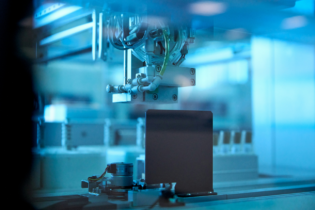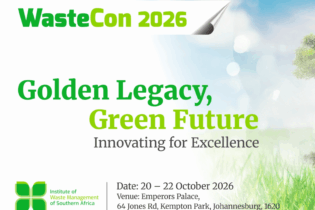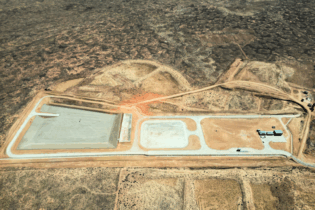by Natalie Kohler
Can waste be a sustainable energy resource in Gauteng Province in South Africa, which contains the sprawling city of Johannesburg and the capital Pretoria? Might it be a way to reduce reliance on fossil fuels and counter rapidly diminishing landfill airspace and the environmental burden of landfilling waste for what is the most populous province in the country? Blue IQ, now known as the Gauteng Growth and Development Agency, has been investigating the viability of a possible waste-to-energy facility with these questions in mind. Handling a projected 300 000 to 400 000 tonnes per annum, the plant would be the first mass-burn incinerator of municipal solid waste for the province and country. A pre-feasibility phase has included engagement with relevant stakeholders to understand regional and local waste management strategies and prioritisation of various waste management technologies. During both feasibility and pre-implementation phases, Golder Associates has assisted in looking at the project from environmental, social, and financial perspectives. We used a waste and resource assessment tool called the WRATE model to undertake a leading life cycle analysis to evaluate environmental impacts of various waste management systems. Based on the project specifics, WRATE calculated the theoretical emissions savings of carbon dioxide equivalents for the waste-to-energy plant, compared to an equivalently sized landfill. These equivalents were then used to calculate the potential saleable certified carbon emission reduction (CER) credits that can be counted towards meeting emission-limitation commitments under the Kyoto Protocol.From a social perspective, the direct and indirect employment opportunities during construction and operation and the associated supply chain were assessed, as well as the human health benefits in terms of controlled emissions from an incinerator.
On the financial side, Golder prepared a model that looked at the four main revenue sources, including renewable energy feed-in tariffs, sale of heat, gate fees, and trading of CER credits. The sustainability principles assessed for the proposed project showed that it could be an inherently attractive project from these various perspectives. www.golder.com/sa/en/modules.php?name=Newsletters&op=viewarticle&sp_id=172&page_id=1100&article_id=599






